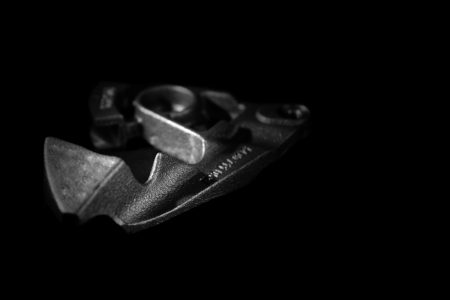Cast iron in combination with nodular graphite is known as ‚Ductile cast iron’. Its graphite structure causes qualities similar to those of non-alloyed steel castings. Its carbon content is significantly higher than 2%.
Like grey cast iron ductile cast iron can be very well machined, but its weldability is limited. Because of its high level of strength this group of materials is, amongst other things, used for vehicle parts such as brake discs, steering knuckles, connecting rods, wheel hubs and gear levers.
The production of ductile cast iron takes place in both cupola furnaces and electric furnaces. The sulfur contained in foundry coke poses a problem when producing ductile cast iron in a cupola furnace, as it interferes with the treatment of the melt with magnesium and makes the formation of spheroidal graphite more difficult. This issue, along with the high amounts of CO₂ emissions generated by coke combustion (as with grey cast iron), means that new foundries and replacement investments often opt for electric furnaces. Electric furnaces are crucible furnaces in which metals are liquefied by inductive heating. They produce no harmful exhaust gases. The range of materials that can be produced extends from unalloyed to highly alloyed ductile cast iron grades. The cost of electric power has a significant impact on melting costs.
